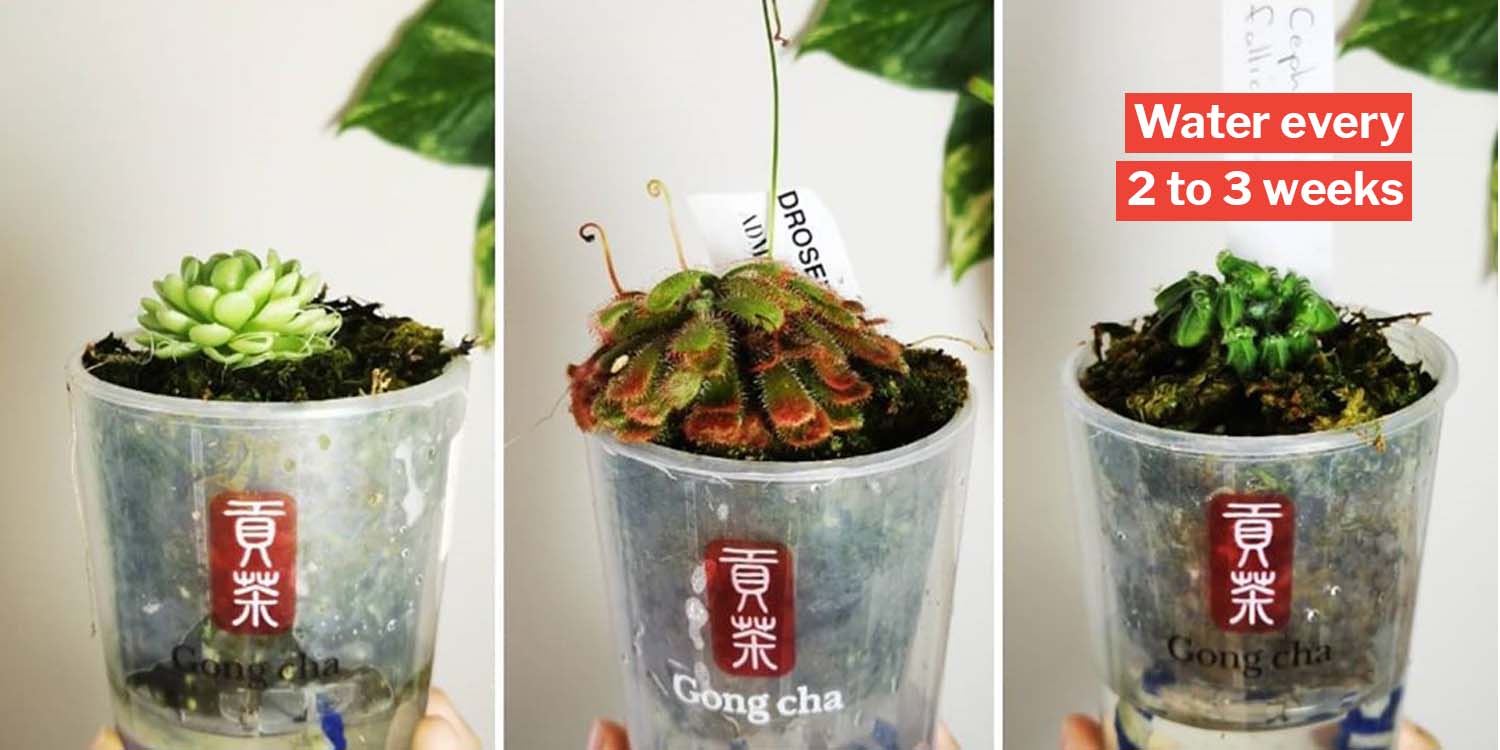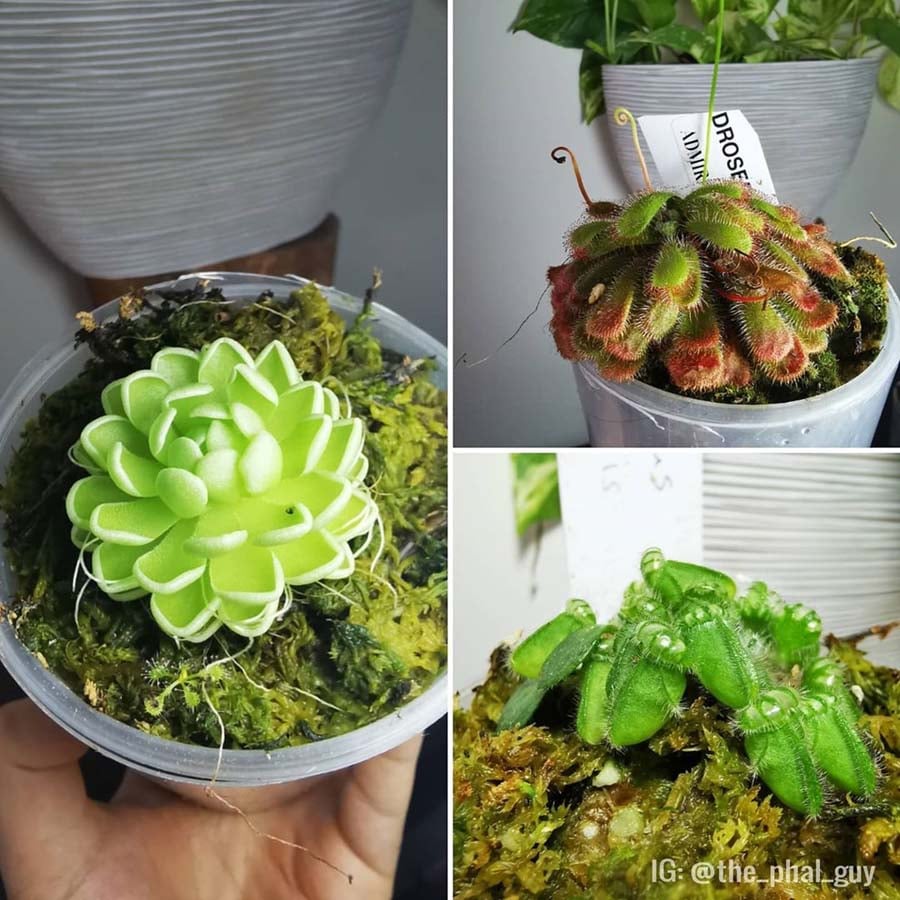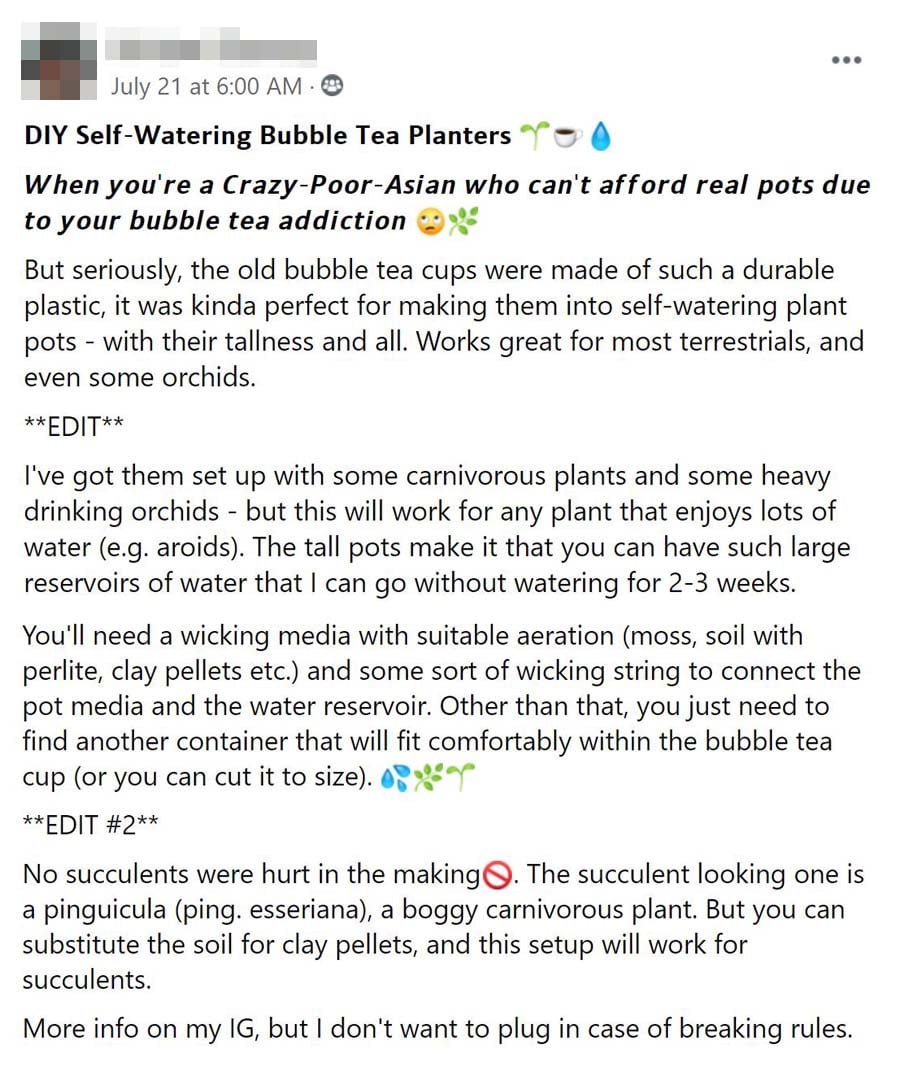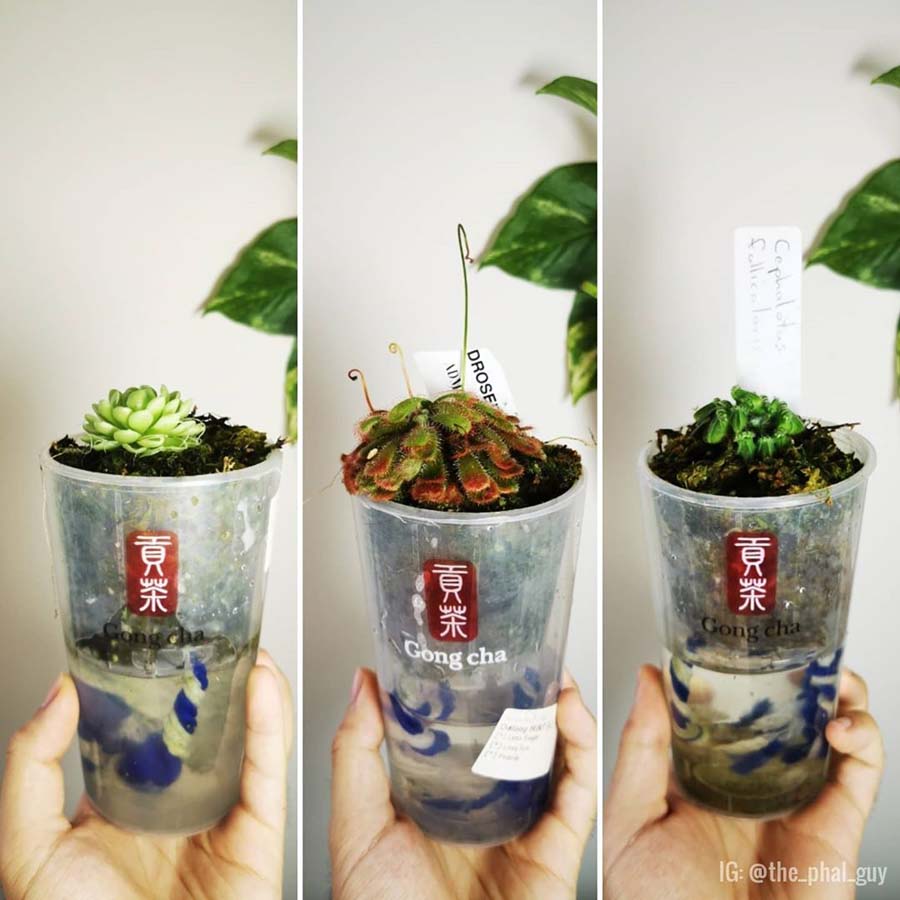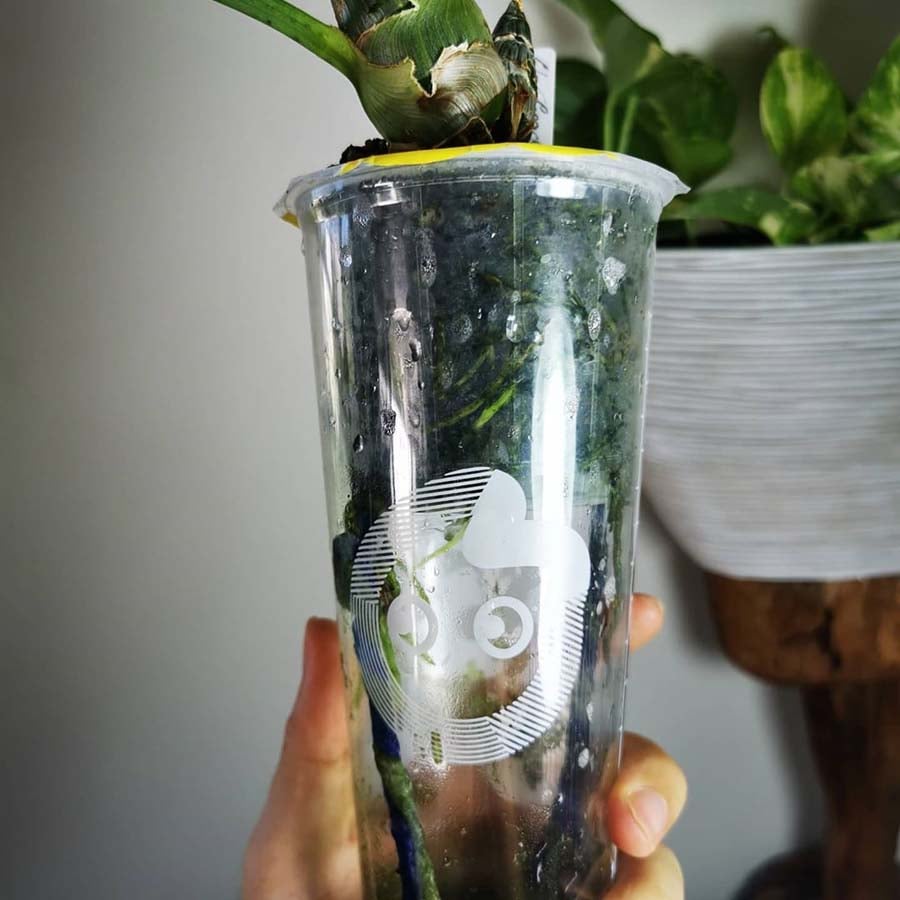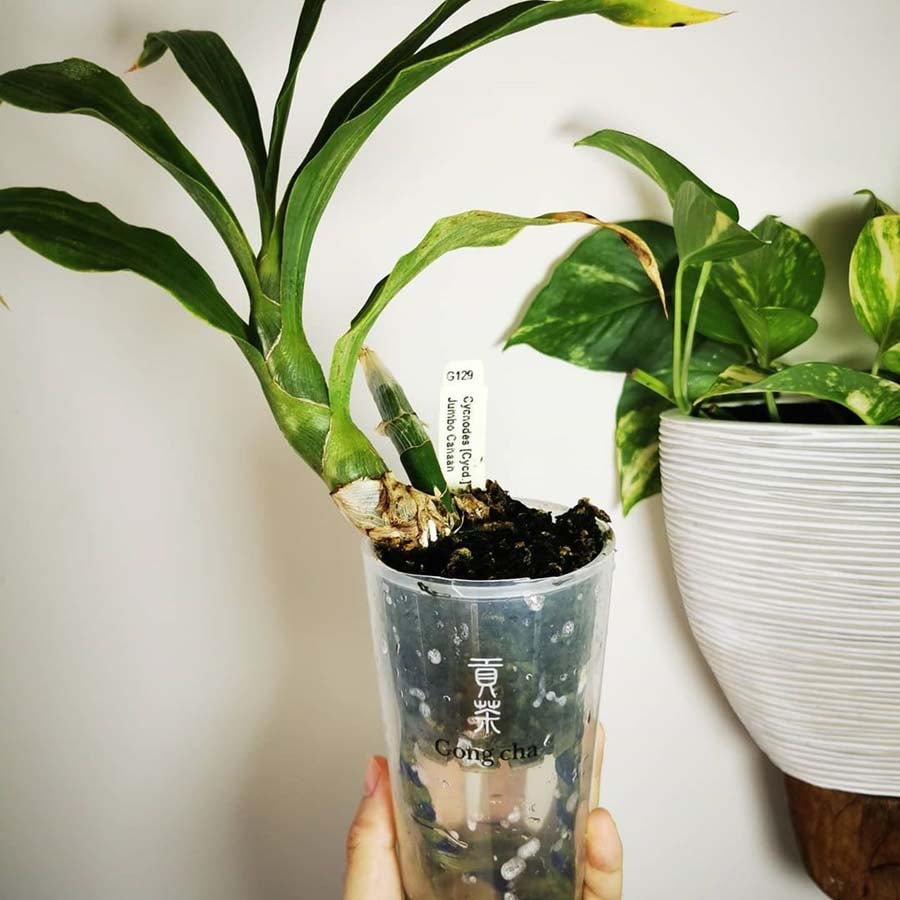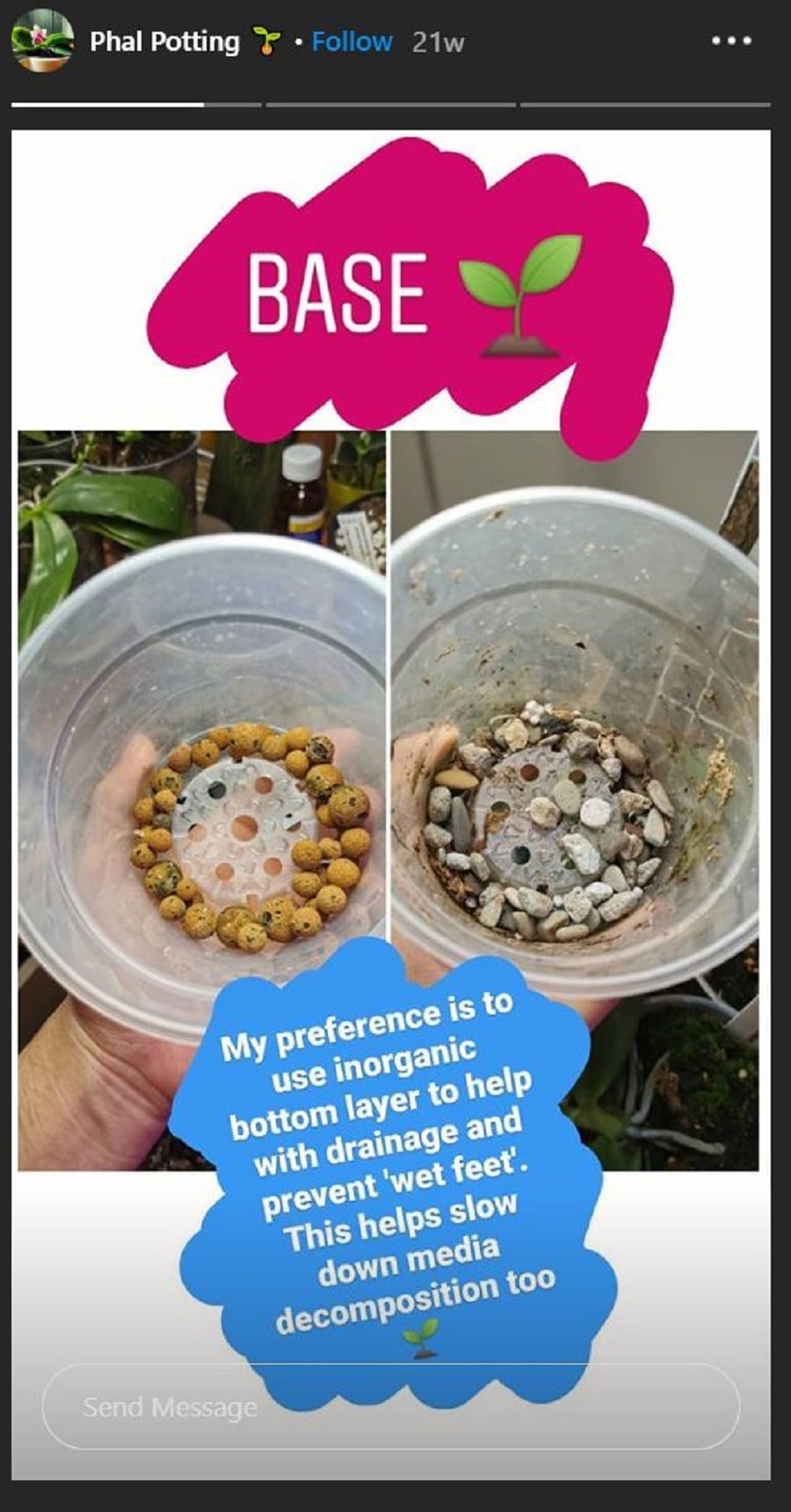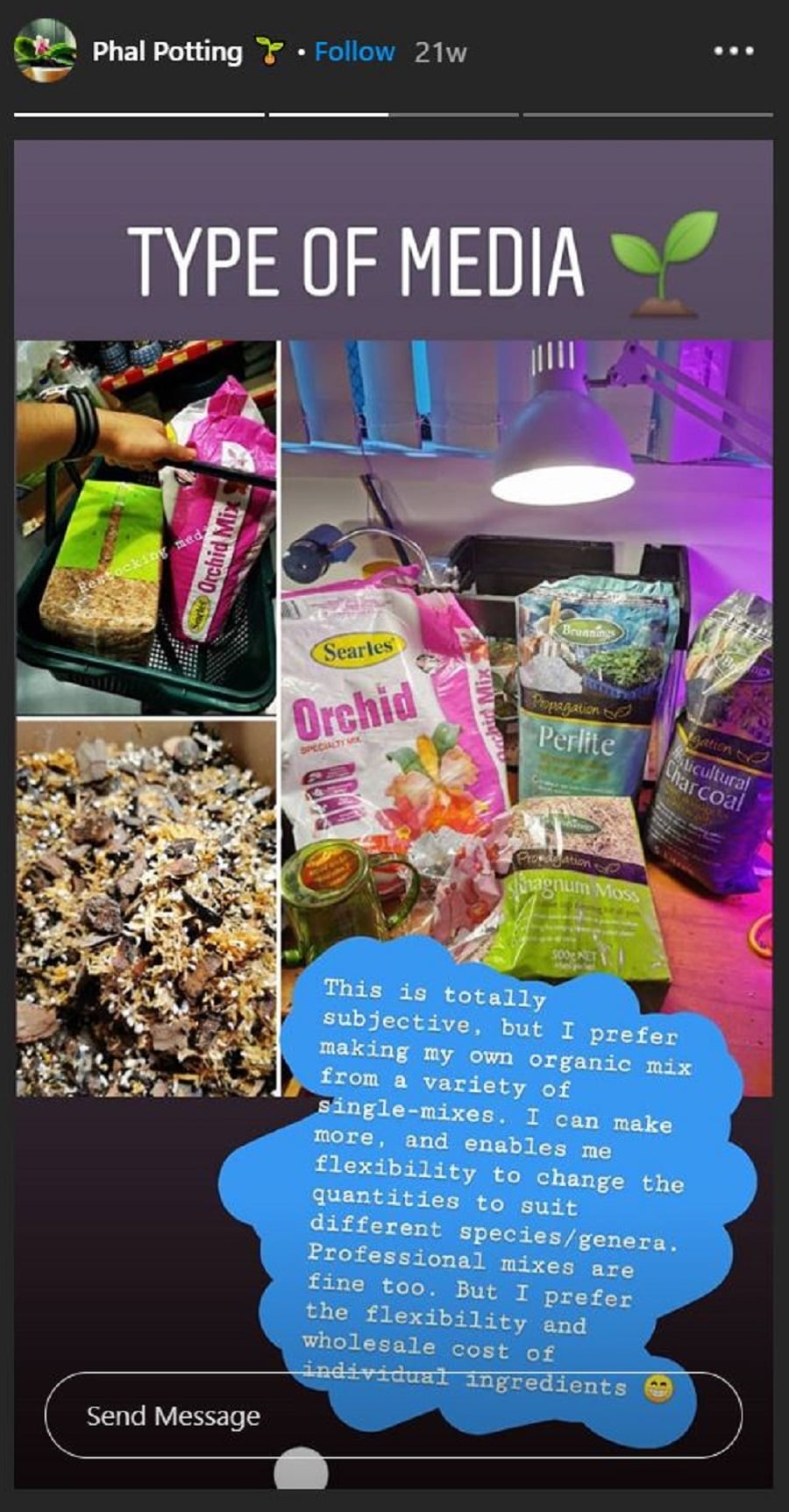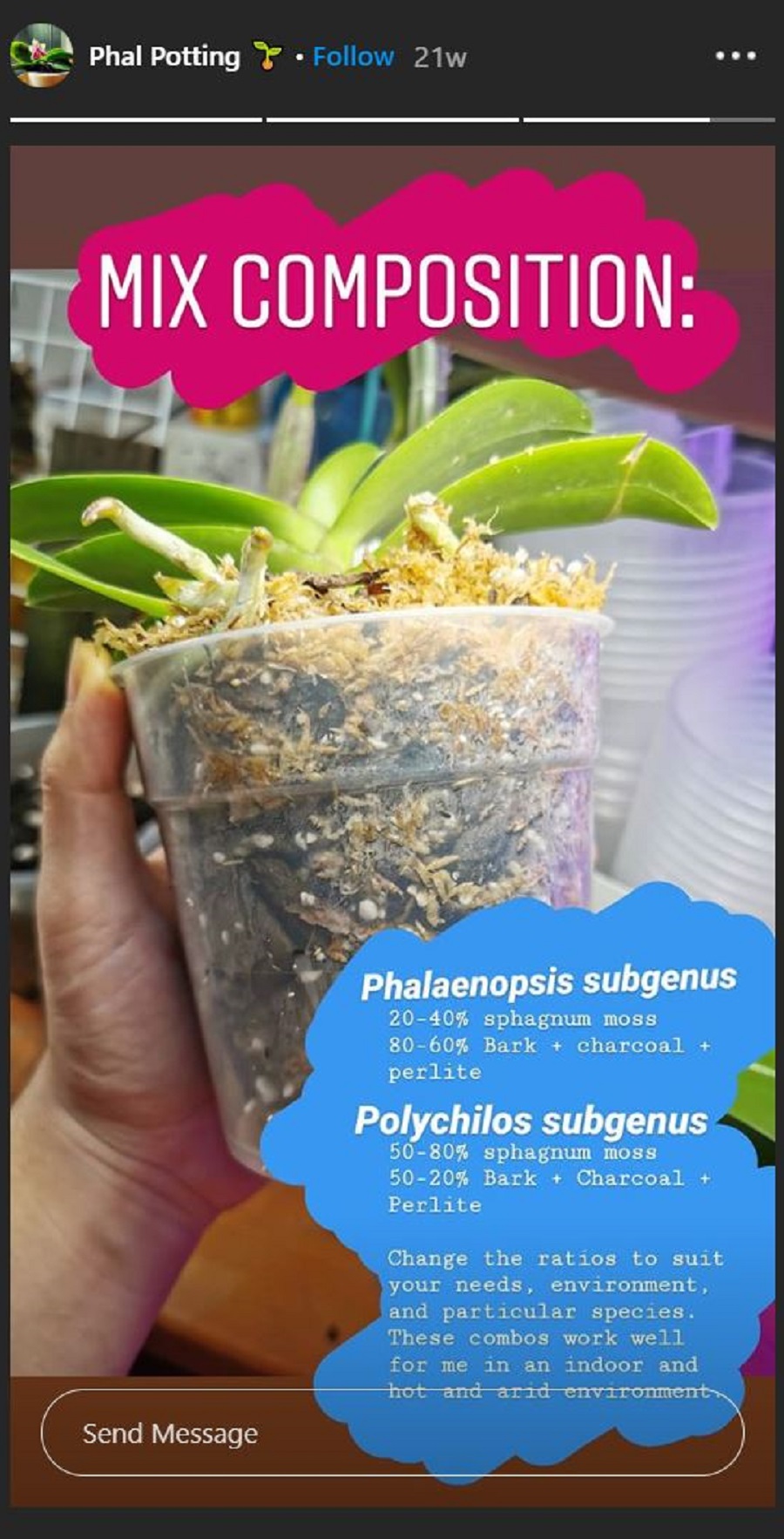BBT Cups Used As Self-Watering ‘Pots’ For Orchids & Carnivorous Plants
BBT has become our daily pick-me-up and comfort food amid good and bad times, but we’ve recently found out that’s not all it’s good for.
On Tuesday (21 Jul), a netizen named Michael shared that BBT cups could be used as a self-watering pot for orchids, succulents, and carnivorous plants.
Here’s a look at some of his green endeavours.
He shared a step-by-step guide for BBT fans on Subtle Asian Traits — a Facebook community with over 1.8 million members.
His post went viral with over 6,900 likes at the time of this article.
BBT fans with a green thumb can read on to find out how they can create a mini-garden with exotic plants and orchids.
BBT cups as pots
Michael shared that BBT cups were ideal ‘pots’ because they are tall and made of durable plastic.
We all love to consume XXL-sized milk tea from Gong Cha and KOI, but it turns out that their large cups are ideal for plants that need a lot of water.
The tall cups enable plants to access large reservoirs of water and survive for 2 to 3 weeks, even if you don’t water them yourself.
His innovative idea is best for terrestrials, orchids, and carnivorous plants that need a lot of water to thrive.
DIY potting with BBT cups
Michael’s Instagram account – @the_phal_guy – is dedicated to teaching tips for planting orchids and carnivorous plants.
In a separate Instagram Story, he shared a 4-step process for potting.
- Place holes in the pot
- Use an inorganic bottom layer
- Choose a media
- Plant
The first step is to place holes at the base of the pot or the BBT cups so water can seep through.
Next, he prefers to use an inorganic bottom layer made with stones and pebbles to help with drainage and prevent ‘wet feet’ — which usually happens when the soil is too saturated with water.
The material where plants grow is commonly referred to as a “media”. Since Michael is a plant expert, he creates his own organic mix. However, first-timers can also use professional mixes found in stores.
In his post for BBT pots, he recommends using a wicking media with aeration such as moss, clay pellets, and soil with perlite.
Finally, he placed the carnivorous plants on top of the media. For this example, the plant was placed on top of bark, charcoal, and perlite.
BBT self-watering pots
To create the innovative self-watering BBT pots, Michael deviated from the norm and added more steps.
He placed a wicking string to connect the potting media with the water reservoir.
Afterward, he found a large BBT cup that fits comfortably within the smaller BBT cup which contains the plant.
The larger BBT cup is filled with water, which allows it to act as a reservoir for the roots that constantly need them.
A good tip is to cut the BBT cup if you don’t have one that’s smaller in size.
Low-maintenance BBT garden
Having a garden seems like a pipe dream, especially if you don’t have space or time to water them every day.
These self-watering BBT pots seem to be a great alternative because they’re very low maintenance. You only need to place more water in the large BBT cup, every 2 to 3 weeks.
BBT-obsessed locals with a lot of cups to spare can easily create their own BBT garden with orchids, succulent plants, and carnivorous plants.
Will you attempt to create your own BBT garden? Let us know in the comments below.
Featured image from Instagram.

Drop us your email so you won't miss the latest news.
